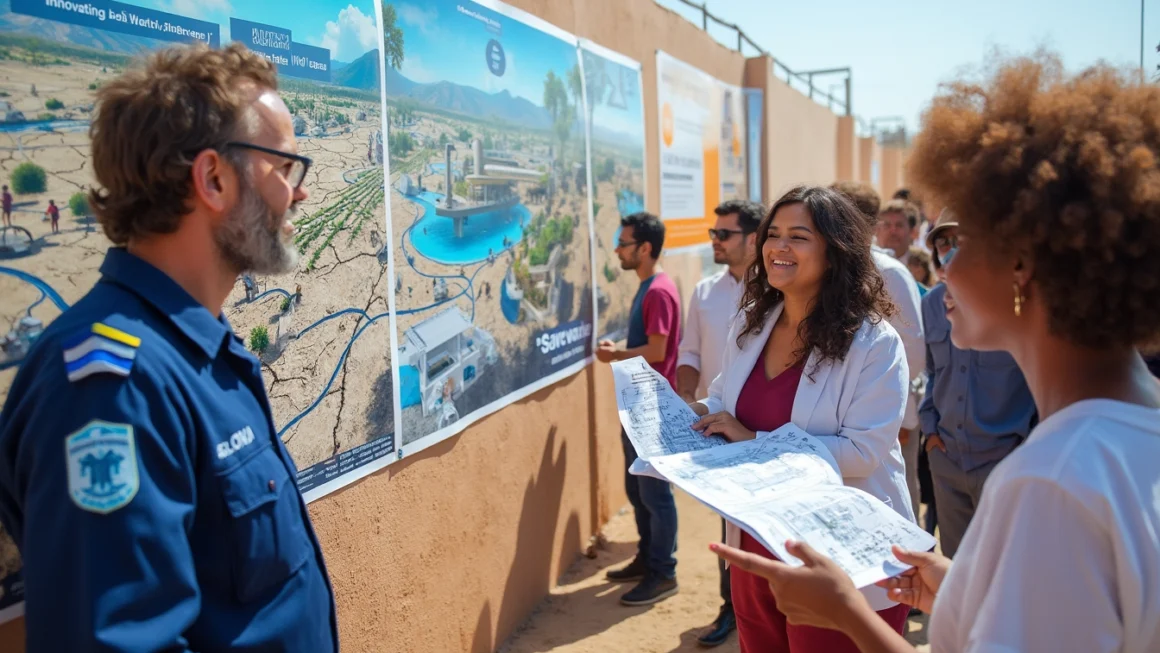Introduction
Table of Contents
In a world where climate change is an increasingly pressing issue, the battle for water availability is becoming more prominent. With many regions experiencing severe droughts, the importance of sustainable water management cannot be overstated. This article delves into the current state of global water resources, the challenges faced, and potential solutions to ensure a sustainable future.
Current State of Global Water Resources
Water Scarcity
Water scarcity affects billions of people worldwide. Certain regions, particularly arid and semi-arid areas, are facing dire situations where water availability is insufficient to meet the daily needs of the population. Factors contributing to water scarcity include climate change, population growth, and over-extraction of freshwater resources.
Impact of Climate Change
Climate change exacerbates water scarcity by altering precipitation patterns, causing more frequent and severe droughts, and reducing the availability of freshwater. Rising temperatures lead to increased evaporation rates, further depleting water resources. The impact of climate change on water availability is a growing concern, especially for agricultural and urban areas.
Challenges in Water Management
Infrastructure and Investment
One of the primary challenges in water management is the lack of adequate infrastructure. Many regions lack the necessary facilities to store, treat, and distribute water efficiently. Additionally, there is a significant need for investment in modernizing water infrastructure to cope with the growing demand and to mitigate the effects of climate change.
Water Pollution
Water pollution is a critical issue that affects both the quality and availability of freshwater resources. Contaminants such as industrial waste, agricultural runoff, and untreated sewage are leading causes of water pollution. These pollutants render water sources unsafe for consumption and can lead to severe health issues.
Policy and Governance
Effective water management requires robust policies and governance frameworks. However, many countries struggle with fragmented governance systems, lack of coordination among agencies, and inadequate enforcement of regulations. This presents a significant barrier to sustainable water management practices.
Potential Solutions for Sustainable Water Management
Technological Innovations
Advancements in technology offer promising solutions for sustainable water management. Innovations such as smart irrigation systems, water recycling, and desalination can significantly improve water efficiency and availability. Implementing these technologies on a large scale can help address water scarcity issues.
Community Engagement and Awareness
Engaging communities and raising awareness about water conservation is crucial for sustainable water management. Educational campaigns, community-based initiatives, and participatory approaches can empower individuals to adopt water-saving practices and support local water management efforts.
Integrated Water Resource Management (IWRM)
IWRM is a holistic approach that promotes the coordinated development and management of water, land, and related resources. It aims to balance social, economic, and environmental needs. Adopting IWRM practices can enhance water security and promote sustainable development.
Conclusion
Addressing the global water crisis requires a multifaceted approach that includes technological innovations, improved infrastructure, effective governance, and community engagement. By implementing sustainable water management practices, we can ensure that future generations have access to the vital resource of water. For further insights on developing sustainable technological solutions, visit this site.




